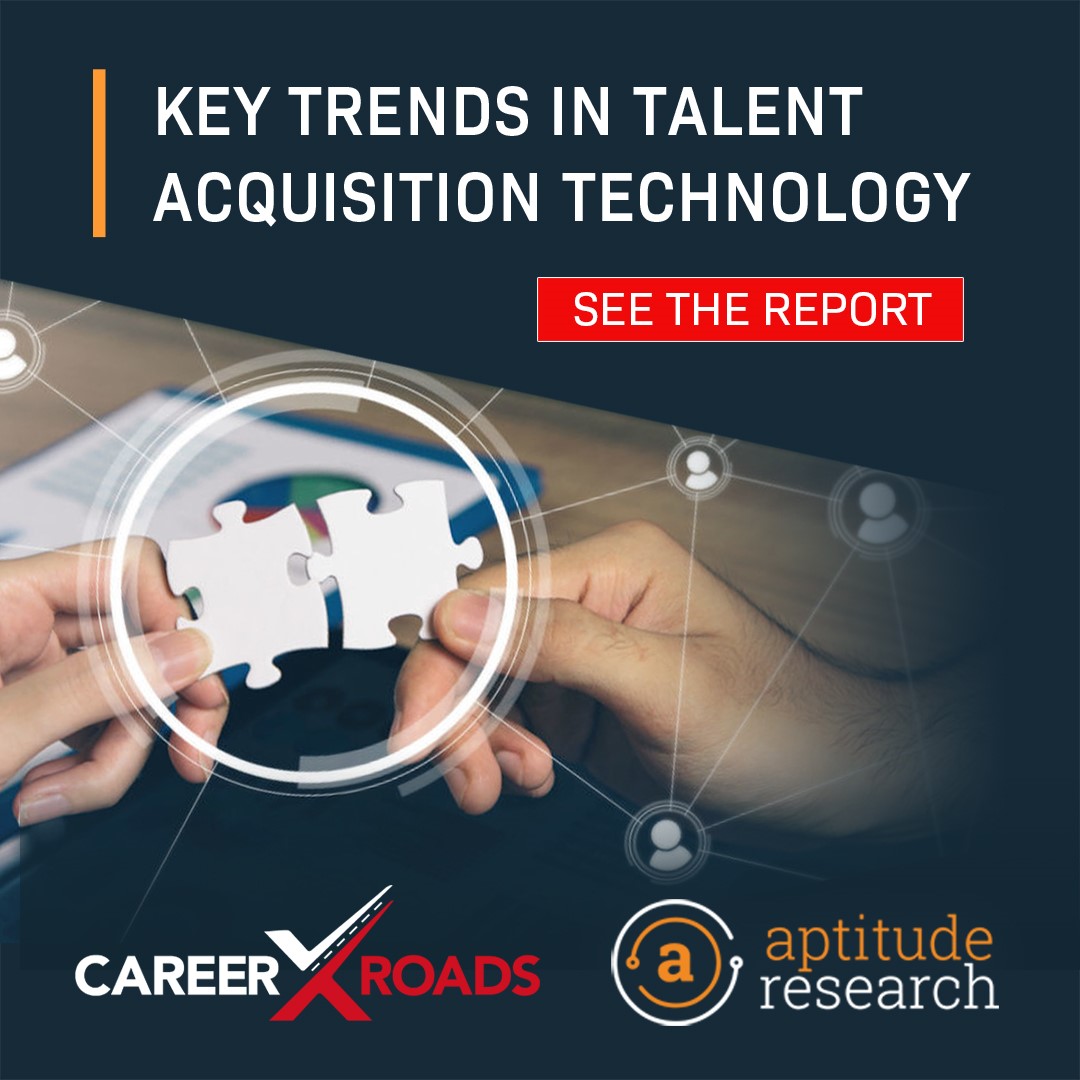Since we last published the Aptitude Talent Acquisition Index Report last month, providers have taken more investment from venture capital and private equity firms, increased partnerships and alliances, and acquired smaller providers. If you are interested in TA tech, make sure to follow George LaRocque and WorkTech for all of the latest news on investment in this space. Investment increased significantly in 2020 and continues to be a focus in 2021. Unicorns no longer look like unicorns since these mega-rounds of investment have become the norm.
But, how important is investment to buyers? Should it be? According to Aptitude Research, only 13% of companies identified the amount of money a provider has raised as key criteria in decision-making. We think companies should consider a provider’s investment history for the following reasons:
- It may impact leadership and retention for the provider.
- Providers may be able to execute on their product roadmaps, or they may change their product roadmaps based on the investor.
- Customers may experience some growing pains that will impact product, culture, and support.
Investment is not the only big topic in TA tech. Mergers and acquisitions have also increased in the past year. Providers are looking for partners to help expand their global footprint, customer base, or product portfolio. Conversational AI, analytics, video, and branding were driving many of these decisions. ATS providers are looking for opportunities to provide customers with better experiences and more capabilities. A few of the acquisitions included:
- iCIMS – EasyRecrue, Opening.io, Altru Labs
- Jobvite – Predictive Partner, Talengy, NextThing RPO, JazzHR
- SmartRecruiters – Jobpal
- Workday – Peakon
Some ecosystem providers and Core HR providers are laser-focused on conversational AI this year. Ceridian announced the acquisition of Ideal. Stepstone announced the acquisition of Mya. And Pandologic announced the acquisition of Wade and Wendy. Pre-pandemic, HireVue acquired AllyO and AMS acquired Karen. Conversational AI is clearly becoming the future of TA tech, and we found that companies that invest in these providers improve efficiency, experience, and quality. The beauty of conversational AI is that it starts working for companies on Day 1, and companies are expanding the use cases into onboarding and employee experience.
We have been busy working on new research on conversational AI, so these acquisitions are top of mind, and I have a few early thoughts…
- Chatbot vs. Conversational AI: Many of the misperceptions around conversational AI stem from the belief that it is simply a chatbot. Chatbots are transactional. They provide value in giving responses to candidates in real-time. These responses are typically canned answers to basic questions delivered through text. Conversational AI offers a more sophisticated and more personalized solution to engage candidates through multiple forms of communication. Conversational AI gets smarter through use and connects recruiters and candidates in a more meaningful way. 39% of companies using conversational AI state that the most significant benefit is improving the candidate experience (Aptitude Research). Companies must be careful to recognize the difference between providers offering canned communication and transactional TA and those that are truly conversational and engaging.
- Market Potential: Conversational AI is still a growing market. The demand has increased, but companies are still figuring out what they need and what problems these solutions can help solve. The potential is there. Acquisitions (done right) can help some providers reach that potential by empowering them with more resources and expertise to build solutions that companies need. Acquisitions (gone wrong) can have the opposite impact. They can negatively impact potential, create obstacles, and make it difficult for providers to grow. Companies should carefully consider what these acquisitions will mean for existing customers and prospects.
- ATS Providers: While many ATS providers have made acquisitions over the past year, few have invested in conversational AI. SmartRecruiters is one exception with the acquisition of Jobpal. It will be interesting to see how the ATS providers respond to these recent acquisitions and look at a build, buy, or borrow strategy for conversational AI moving forward.
We will share our latest recent on conversational AI in the next few weeks, but these recent announcements have given me a lot to consider, and I am looking forward to following this market this year.



